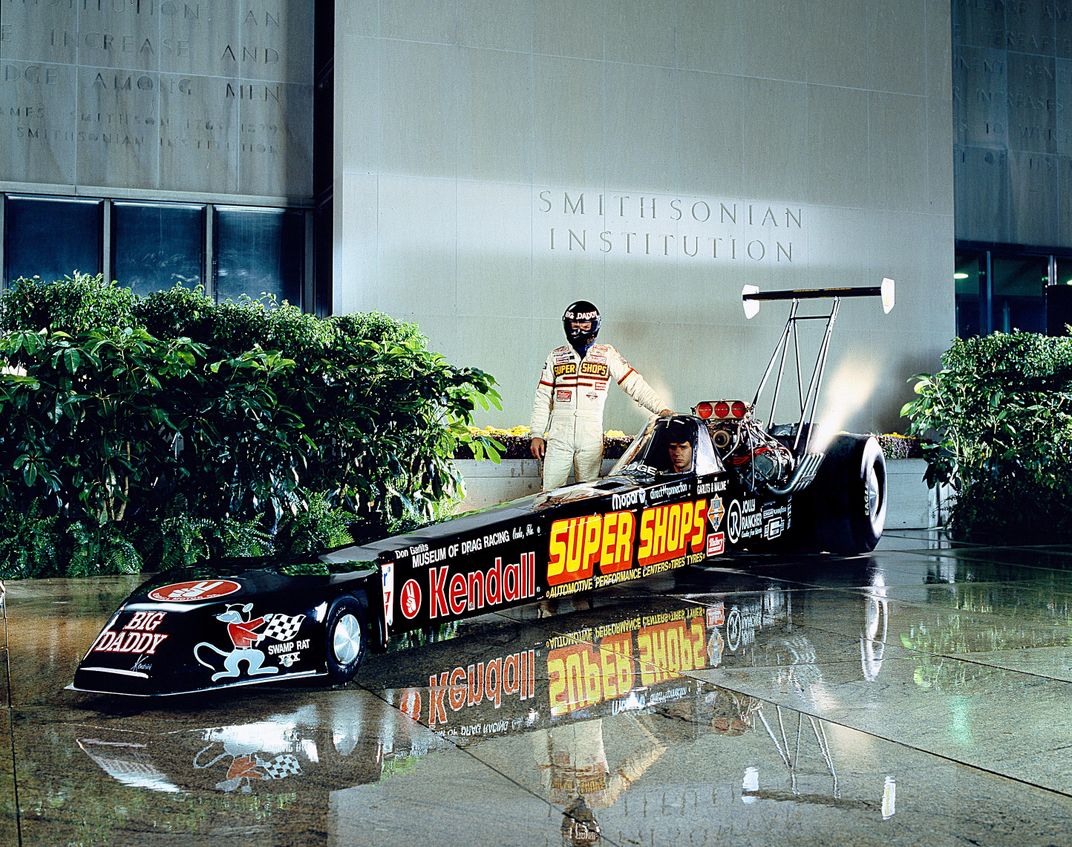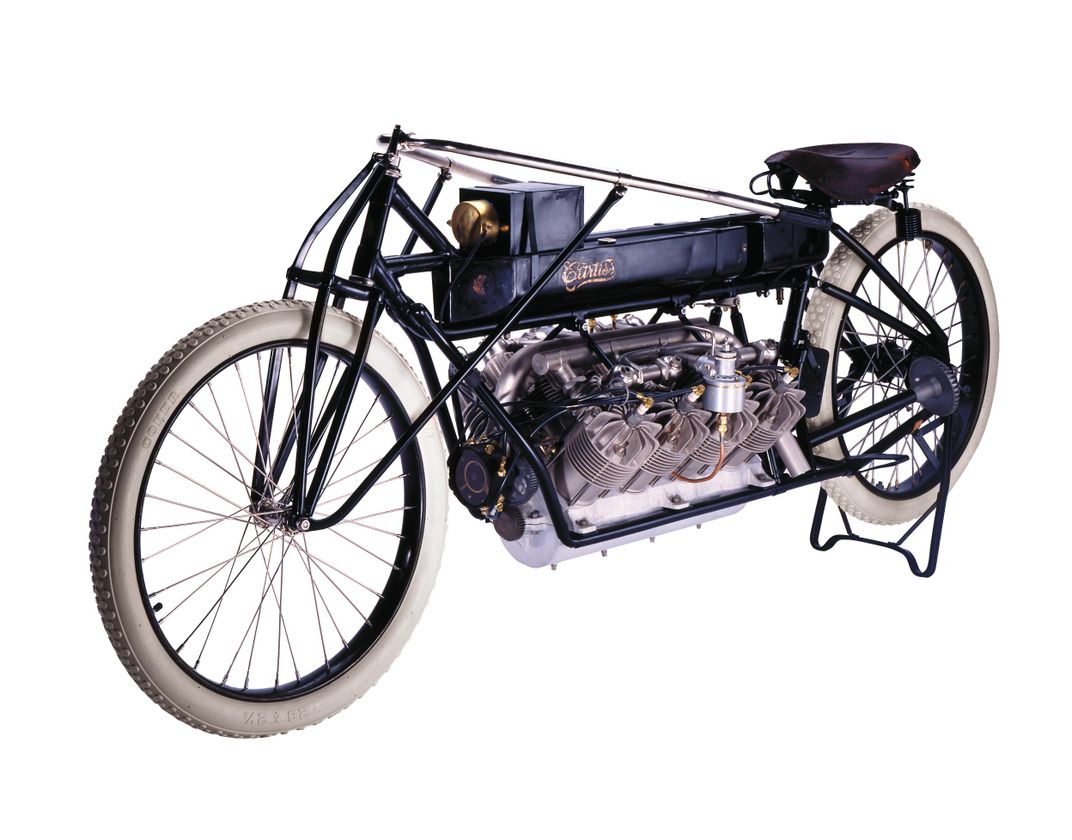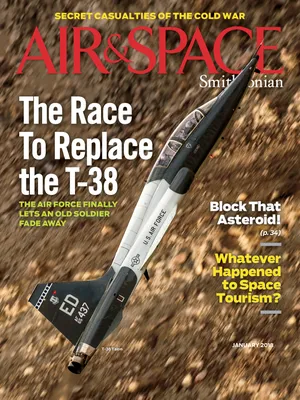The Museum Gets a Facelift
Over the next seven years, all 23 galleries will be updated and renovated.
/https://tf-cmsv2-smithsonianmag-media.s3.amazonaws.com/filer/a2/d7/a2d7cef2-560f-483b-a99b-57e1ed7b63f3/16b_dj2018_reinventingflightgalleryrendering_live.jpg)
When the National Air and Space Museum opened its doors on the National Mall in 1976, the Smithsonian Institution expected that as many as two million people would make the journey each year to see it. More than two million visited in the first seven weeks alone. Every year since, the Museum has averaged between seven and 14 million guests, and in the past 41 years it has welcomed over 350 million people—more than the total population of the United States.
The unprecedented crush of annual visitors has put more mileage on the original building than its designers could have anticipated, creating a need for a complete revitalization of America’s favorite museum. The project will be the Museum’s largest undertaking since construction began on the Steven F. Udvar-Hazy Center in Virginia almost 20 years ago, and while the renovation is under way, the Museum will remain open every day, except December 25.
The Museum’s first director, Michael Collins, a NASA astronaut and the Apollo 11 command module pilot, led an intensive multi-year design and construction sprint, with mounting pressure to finish in time for the country’s bicentennial. On July 1, 1976, President Gerald Ford called the new Museum “America’s birthday gift to itself” and helped cut the ribbon. So closely have NASA and the space program been associated with the Museum throughout the years that the task was actually carried out by a robotic arm controlled by the Viking spacecraft orbiting Mars.
The new project is expected to take approximately seven years and will be made up of two distinct elements. The first is a complete renewal of the building, including re-facing the exterior cladding and replacing outdated mechanical systems, such as the heat, ventilation, and air conditioning systems that provide much-needed relief from D.C.’s sweltering summers. The second task, and perhaps the more exciting one to Air & Space readers and Museum guests alike, is an updating and re-imagining of all 23 of the Museum’s exhibitions and presentation spaces. Work will begin in the summer
of 2018.
While this project will deliver all-new galleries to explore (a sneak peek at one is just ahead), longtime visitors need not worry that in a few years’ time this unparalleled aerospace institution will be unrecognizable. Old friends like the 1903 Wright Flyer, Spirit of St. Louis, and Apollo command module Columbia (currently on tour across the United States) will still be found, but in dynamic new exhibitions that use modern design and emerging technology to highlight each icon’s legendary accomplishments.
Other galleries will explore entirely new aspects of the air and space experience. One of the most dramatic of the new exhibitions is Nation of Speed. It will tackle the story of how, and why, Americans push the performance of every new kind of vehicle. Nation of Speed, according to the exhibit curator, Jeremy Kinney, “will explore America’s fascination with and love of speed, and how that has been expressed in time-and-distance shattering technologies on the land, in the air, across the water, and beyond the atmosphere.”
To tell the whole story of the country’s need for speed, gallery designers are casting a wide net in search of artifacts. In fact, not all of the vehicles planned for Nation of Speed fly, at least not literally. Stars of the new exhibition will include aviation pioneer Glenn Curtiss’ record-setting motorcycle and Colonel John Stapp’s Sonic Wind No. 1 rocket sled from the Museum’s own collection (the largest of its kind in the world). Also included, from the Smithsonian’s National Museum of American History, will be Richard “The King” Petty’s Pontiac No. 43 NASCAR racer, Mario Andretti’s STP Hawk No. 2, and “Big Daddy” Don Garlits’ Swamp Rat XXX Top Fuel Dragster. Aviation purists will find plenty to love here as well, with aerospace speed demons ranging from Roscoe Turner’s RT-14 Meteor Air Racer (complete with Gilmore the skydiving lion) to Jon Sharp’s Nemesis NXT, the world’s first kitplane to fly faster than 400 mph.
This eclectic collection of artifacts will tell the distinctly American stories of the universal human impulse to travel ever faster and the ever-advancing technologies needed to satisfy that desire.
New and re-imagined galleries—including Nation of Speed—will begin opening in 2021, and will incorporate more guest-focused features like presentation spaces to allow experts and audiences to engage in discussion. These conversations will be shared via online broadcasts to reach people beyond the gallery walls. Geographic distance will present no barrier to those wishing to experience the Museum, or even to visit another planet through all-new immersive, interactive experiences.
The Museum on the National Mall, which began as a birthday present from the American people to themselves, will emerge before its own 50th birthday as a state-of-the-art, future-ready institution. All of us who are working on this thrilling transformation hope that upon its completion, the new National Air and Space Museum will be America’s gift to the world.


